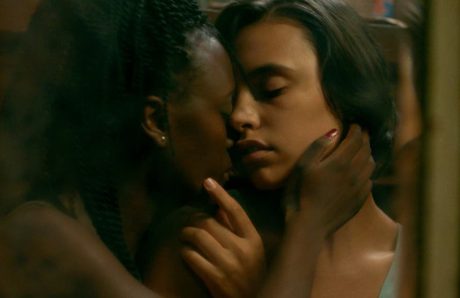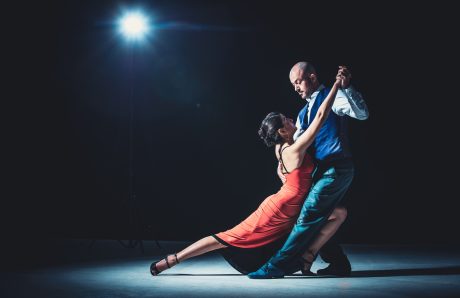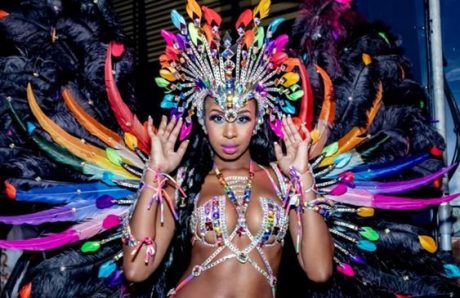For World Samba Day, celebrated on December 2, let’s take a look at the bewitching world of Carnivals in Latin America. These vibrant festivals are an ode to life, where seduction and sensuality are revealed through frenzied dancing and flamboyant costumes. And you’ve probably heard of at least one!
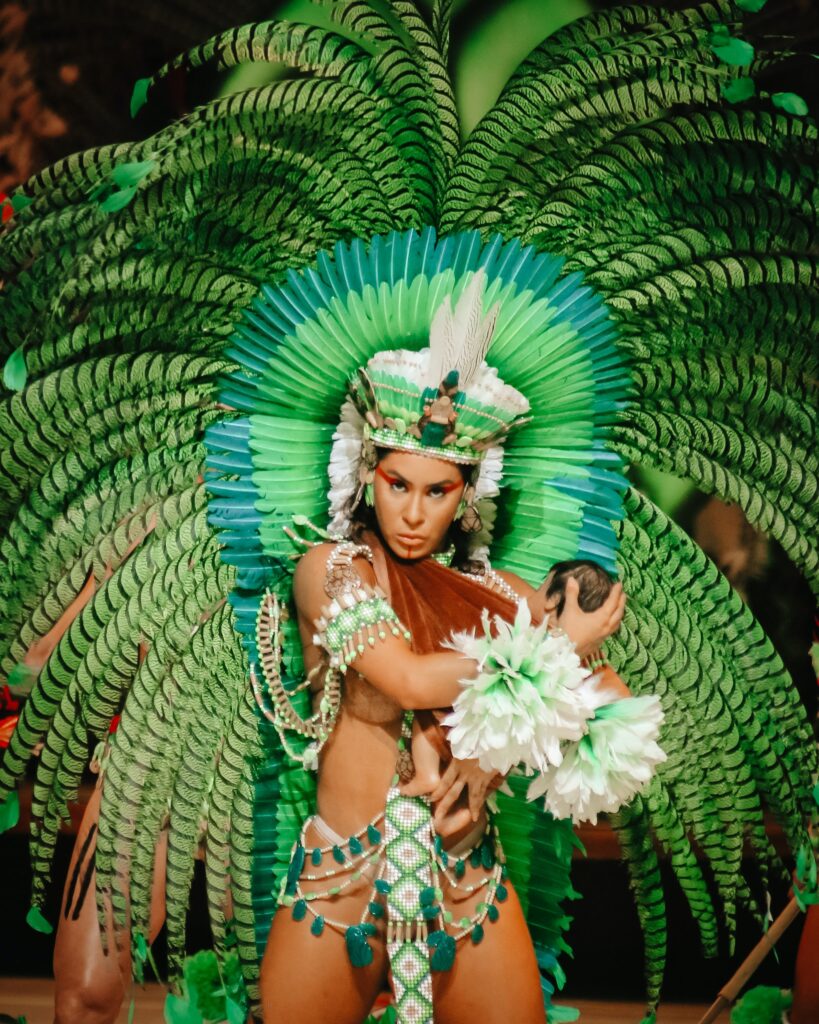
Photo Jordy Neves
But first, a little cultural background (we’re not animals!). The term “carnival” has its origins in the Latin “carnelevare”, which literally means “to remove the meat”. It refers to the festive period preceding Lent, a period of fasting observed by many Christian traditions. During Lent, the consumption of meat was often forbidden, hence the idea of “removing the meat”.
These festive moments are also a sexy time to see scantily-clad bodies shimmying in the ambient heat, to wild rhythms. Samba is one of them, as is rumba. So if I say carnival in Latin America, you probably have an image of sexy dancers dressed in feathers and sequins. Well, that’s it. And we’re back for more. If you’re looking for a destination to put on your letter to Santa, here are a few ideas. Let’s discover three of the most emblematic celebrations: Carnaval de Rio de Janeiro, Carnaval de Barranquilla and Carnaval d’Oruro.
Carnival or Carnival? Is there a difference?
For meat-lovers, you’ll be disappointed. A carnival is not a festival where you eat meat. Or at least, not literally. So what is it? The difference between “carnival” and “carnaval” is mainly a matter of language and region. “Carnival” is often used in English-speaking countries to describe the festivities leading up to Lent, while “carnaval” is more common in French- and Spanish-speaking regions to describe these celebrations. When I tell you that knowing how to handle a language is important ..
The term “carnival” can be used to refer more generally to the festivities that take place at this time of year, including parades, dances, extravagant costumes and all the festive events that mark this period before Lent. And it’s fair to say that we particularly appreciate the way they praise their Lord. Quite a change from European traditions, shall we say..
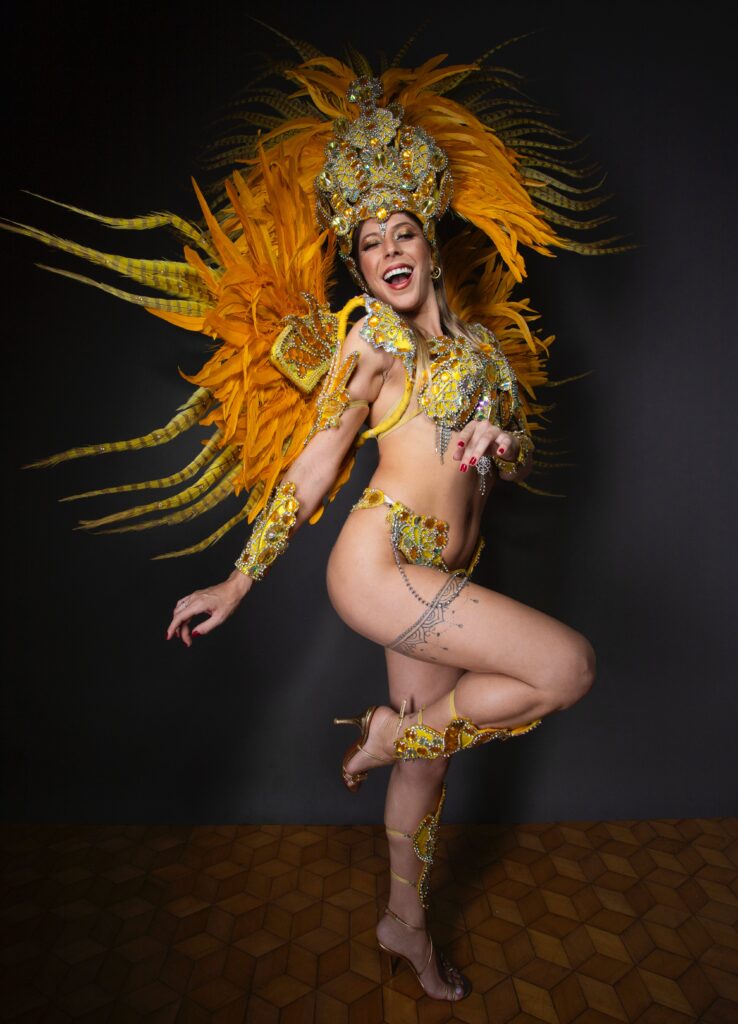
Photo Oscar Calstrom
1. Carnival in Rio de Janeiro, Brazil
– Dates: February or March, before Ash Wednesday.
– Highlight: The parade at the Sambodrome.
Origins and history
Rio’s Carnival dates back to the lively celebrations of the Portuguese colonists, incorporating elements of African slave culture. The dances and rhythms evolved into samba, becoming the soul of Carnival. The extravagant costumes have their roots in a combination of European and African traditions, symbolizing Brazil’s cultural diversity.
Festival schedule
At Carnaval de Rio, different samba schools compete in dance contests at the Sambodrome. Each school presents its own theme, music and choreography. The competitions are intense and the aim is to win the title of best samba school of the year, which requires meticulous preparation and a great passion for dance.
Bewitching samba and suggestive costumes
Rio Carnival is an explosion of samba and seduction. You can witness swaying or body-to-body dances that can completely immerse you in this festive and erotic atmosphere. The dancers, decked out in shimmering and sometimes daring costumes, captivate you with their rhythmic movements. The costumes, often handmade by specialized craftsmen called “carnavalescos”, incorporate feathers, sequins and luxurious fabrics. The meticulous details and elaborate finishes are the fruit of weeks or even months of work. This surely explains the smiles on the faces of these passionate students during the days of the festival, for the sheer pleasure of putting on this sensual spectacle (that’s just my opinion).
2. Carnival in Barranquilla, Colombia
– Dates: Four days before Ash Wednesday.
– Notable example: The Cumbia dance.
Origins and history
The Barranquilla Carnival has its origins in the pre-Columbian celebrations of the indigenous peoples, fused with the Catholic festivities brought by the Spanish colonists. Cumbia, the emblematic rhythm, has its roots in the traditional dances of indigenous and Afro-Colombian communities.
Festival schedule
Carnival in Barranquilla includes parades, dances and folk group competitions. Cumbia dancing is at the heart of the festivities, with competitions between different groups to demonstrate their mastery of this traditional Colombian dance. These competitions are a celebration of the region’s cultural identity and art.
Rhythmic Cumbia and elaborate costumes
In Barranquilla, Carnival costumes are often made by local artisans, using colorful fabrics and traditional elements. Cumbia, the flagship dance, is accompanied by outfits that incorporate floral elements and expressive designs, reflecting the cultural richness and aesthetics of the region. The costumes feature mythological characters embodying death, life, love, sexuality and other concepts related to popular beliefs.
3. Carnival in Oruro, Bolivia
– Dates: End of February.
– Outstanding example: La Diablada.
Origins and history
Oruro’s Carnival is deeply rooted in indigenous Aymara and Quechua traditions, combined with elements of Catholic rituals brought over by Spanish settlers. The Diablada, representing the struggle between good and evil, has its origins in ancestral Andean beliefs. It depicts the victory of the army of angels, guided by the archangel St. Michael, against a backdrop of deep devotion to the Virgin of Socavón (the “Virgin of the Mine”). You might as well say that passion drives every body.
Festival schedule
Carnival in Oruro is marked by the theatrical performance of the Diablada. Dances and processions depict battles between good and evil, with troupes of dancers wearing masks and costumes representing demons. The festival is a spiritual celebration, where participants honor their deities while acting out mythological stories.
Theatrical Diablada and symbolic costumes
In Oruro, Diablada costumes are charged with symbolism. Dancers wear elaborate masks and richly embroidered outfits depicting mythological characters. The making of these costumes often involves traditional craft techniques, such as hand embroidery and the use of local fabrics.
XLovecam is not responsible for the content of the blog, which is claimed to be written by an external party.


